GM design veteran Kip Wasenko has raced this C4 Corvette for three decades
John Kiprian Wasenko, or “Kip,” as he is known to his friends who gather for cars and coffee at Pasteiner’s in Birmingham, Michigan, is a true son of the Motor City. Racer, artist, and lover of beautiful automobiles, this Dino driving, GT2-style Corvette-race-car wrassling car designer has a story that begins long before he ever got behind the wheel.

Getting the bug
In 1952, six-year-old Kip Wasenko often sat on the front porch of his family’s Detroit home, waiting for yet another new Caddy to drive down his street. The shiny new luxury cars were en route from the old Clark Street Assembly Plant to a nearby site where they will be loaded onto transports and shipped to dealers. To get there they had pass by the Wasenko residence near Livernois and Michigan. The boy on the porch was far too young to understand Cadillac’s place in the hierarchy of the automotive world, but he kew pretty sheet metal when he saw it.
GM was king in mid-century America, and Cadillac was the Lord Chamberlain of the General’s court, a fact regularly communicated to young Wasenko by an uncle who helped manage GM’s storied Motorama extravaganzas. Knowing the youngster’s fascination with automobiles, he would bring him brochures with artfully rendered illustrations of the new machinery.

Wasenko filled notebooks with his own renderings of fabulous machines, growing more proficient with each drawing and each passing year, becoming more deeply immersed in the world of wheels. As a teen, his passion turned to drag racing and performance, but he never stopped sketching, never stopped conjuring images of very special machines. Machines he longed to create, touch, and drive.
Before he turned 18, Wasenko knew what he wanted to do with the rest of his life. He wanted to create cars. So, he enrolled at Detroit’s Wayne State University and majored in industrial design. His plan was to complete the Wayne State degree program, then continue his education at the Art Center College of Design in Pasadena, California. Before he could get to step two of that plan, he was selected for an internship at General Motors.
In the General’s army
The work environment at GM was challenging and competitive, just the way Wasenko liked it. Drawing on years of devotion to all things automotive, he designed a mid-engine streamliner powered by a turbine. An unusual machine, it featured a vertical fin not unlike those used on some race cars today and a rear track that, for aerodynamic purposes, was narrower than the front track. Bill Mitchell, GM’s design chief, saw the young intern’s work and offered a job on the spot. Wasenko completed his degree work at Wayne State and started designing cars for GM on January 2, 1968. He would continue in that role for 40 years.
Wasenko’s career path saw many successes—too many to cover here. An early win was the acclaim afforded his design of a mid-engine twin-rotor Wankel-powered Corvette in the early 1970s. An assignment at Opel in Germany followed shortly thereafter, and he was able to present the rotary-engine car at the Frankfurt auto show. That car, and a larger four-rotor Vette that his boss Bill Mitchell penned, never saw production, as fuel economy concerns killed GM’s interest in rotary engines.

Wasenko’s work in Germany was followed by a stint at Holden, GM’s Australian brand, where he served as assistant design chief. Back in the states, he became chief designer at Saturn. But Cadillac had won his heart many years before, so a new assignment designing the cars he knew first and loved most saw Wasenko doing some of his best work and ultimately becoming director of design for Cadillac.
Art, science, high performance

The summer of 1998 was a high point in Wasenko’s career. With his Cadillac design team, he developed a concept car called Evoq that was meant to forge a new path for Cadillac styling. He then spent the summer in California supervising its construction at Metalcrafters, an auto industry fabricator. The car was unveiled at the Detroit auto show in January of ’99 and was hailed as a masterpiece of contemporary automotive art and a revolutionary new look for Cadillac. The car and Wasenko were invited to participate in a design show in Milan.
Evoq changed everything. A production version of the concept—the XLR—soon followed, heralding the birth of Cadillac’s Art and Science design language. Wasenko would continue to push the envelope, championing high-performance CTS-V and STS-V coupes and sedans that came to define the new Cadillac.
The Italians’ embrace of Evoq design in 1999 was reflective of Wasenko’s interest and passion for Italian design. His pride and joy has long been a beautiful red 1970 Dino 246 GT that he purchased in ’75 and restored to concours standards in 1991. The Ferrari-built mid-engine car was created as a loving tribute to Enzo’s son, Alfredo “Dino” Ferrari, who had been tragically taken by muscular dystrophy at the age of 24. Styled by Pininfarina with coachwork by Scaglietti, the car is considered one of the most sensuous designs ever to emerge from Maranello. For Wasenko, it was both model and motivation.
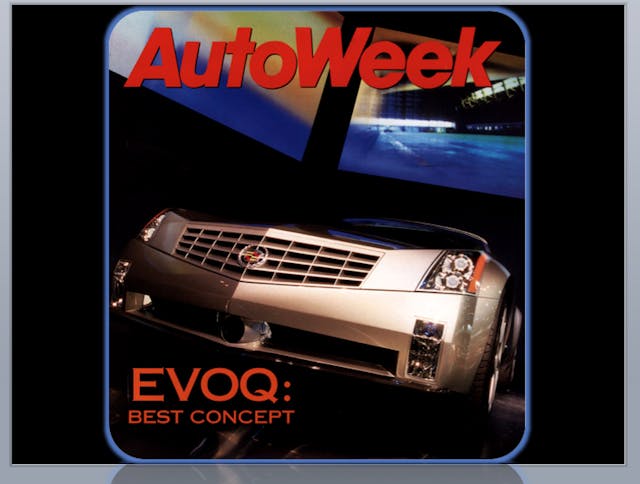
Cars that not only look fast but perform accordingly came to define Wasenko, and he would finish his career in the GM performance division with Mark Reuss, Tony Roma, and John Henricy. Racers all. They created pace cars and specialty vehicles for the SEMA show. They took the brand to Le Mans from 2000 to 2002 with a turbocharged V-8 prototype race car and proved competitive with the world’s best.
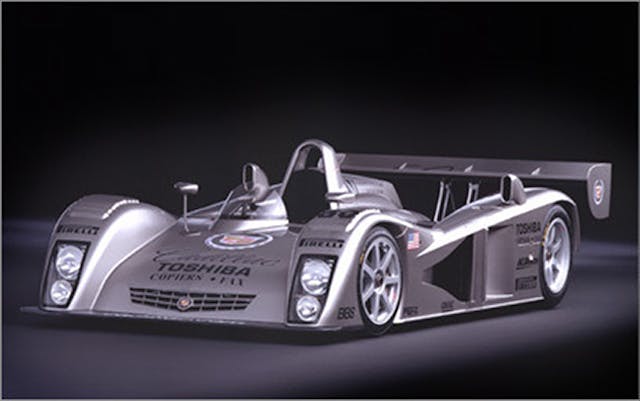
“Cadillac had it figured out by the end of our final Le Mans race but then backed out,” said Wasenko. “We were disappointed, but the amount of money allocated to the program wasn’t enough to continue to race Le Mans. The reality was that we should race what we sell, and we created a CTS-V race car that proved successful. But Le Mans is the big show and GM will be back this year with five race cars [Cadillac hypercars finished 3rd and 4th overall at the June 10–11 race—Ed.]. Credit Mark Reuss as the guy who kept the V-series alive and prompted a return to Le Mans and the world stage.”

Designed to be driven
Wasenko has always believed cars are meant to be driven, and in 1991, while still designing for Saturn, he cautiously but enthusiastically took to the race track in his gorgeous little Dino. “I took some heat for driving a classic in competition,” he recalls. “But my Dino racing was short-lived. Soon thereafter, I was invited to co-drive a Corvette race car, so the Dino was retired from competition with nary a scratch. In the winter of ’92, I built my own Corvette race car, and I’ve been competing in that same car for 30 years, with numerous upgrades and modifications along the way.”


Wasenko’s racing Corvette is a 1988 C4 that he purchased as a theft recovery survivor; it had been stripped down to its bare frame and rear body doghouse. That’s about where you want to start, he says, if you’re going to turn an older Vette into a race winner.
Danny Kellermeyer of Ortonville, Michigan, welded a full cage into that basic Vette donor car and Doug Chenoweth, a friend and forer racing partner, helped Wasenko turn it into a race car. And a race car it is, appearing regularly at Waterford Hills, an historic road racing course in Oakland County, Michigan. Running in ITE, a class that includes former GT cars and other pure race cars, Wasenko and his pretty Corvette came within 0.2 second of the track record last year. Power is provided by a 6.2-liter LS small-block Chevy engine with CNC-ported LS9 heads, a Callies crankshaft, Oliver connecting rods, and Mahle pistons that provide a compression ratio of 11.8:1. The intake is an LS fuel-injection system that was reprogrammed for competition. The engine was prepped and assembled by Kevin Pranger at Great Lakes Engines; on the dyno, it generated 550 horsepower at the rear wheels.
Wasenko stirs gears with a ZF six-speed manual that delivers power to a 4.10 gear set. At the end of the rear axles hang a pair of 345/35-18 Hoosier A7 sports car racing tires. Those are matched with rubber of the same manufacture up front.
When Wasenko was interviewed for this article, he expressed pride at having passed his pro race car driver physical. At age 76, that’s no small feat. When he’s not racing, he’s busy judging concours events all over the country, something he enjoys and is frequently called on to do. That’s no surprise—he’s been working on that keen eye for exact details since his boyhood days on the front porch.

***
Check out the Hagerty Media homepage so you don’t miss a single story, or better yet, bookmark it. To get our best stories delivered right to your inbox, subscribe to our newsletters.
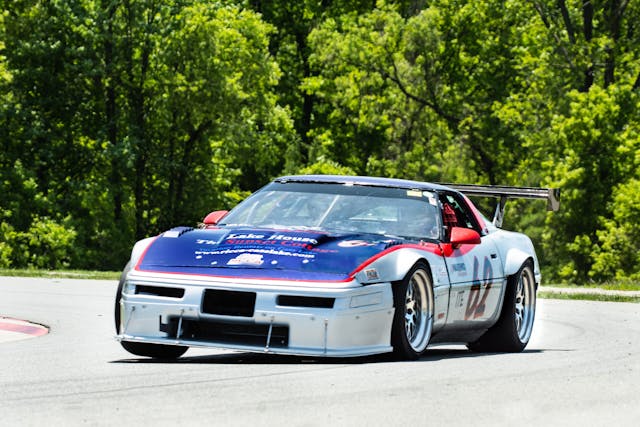

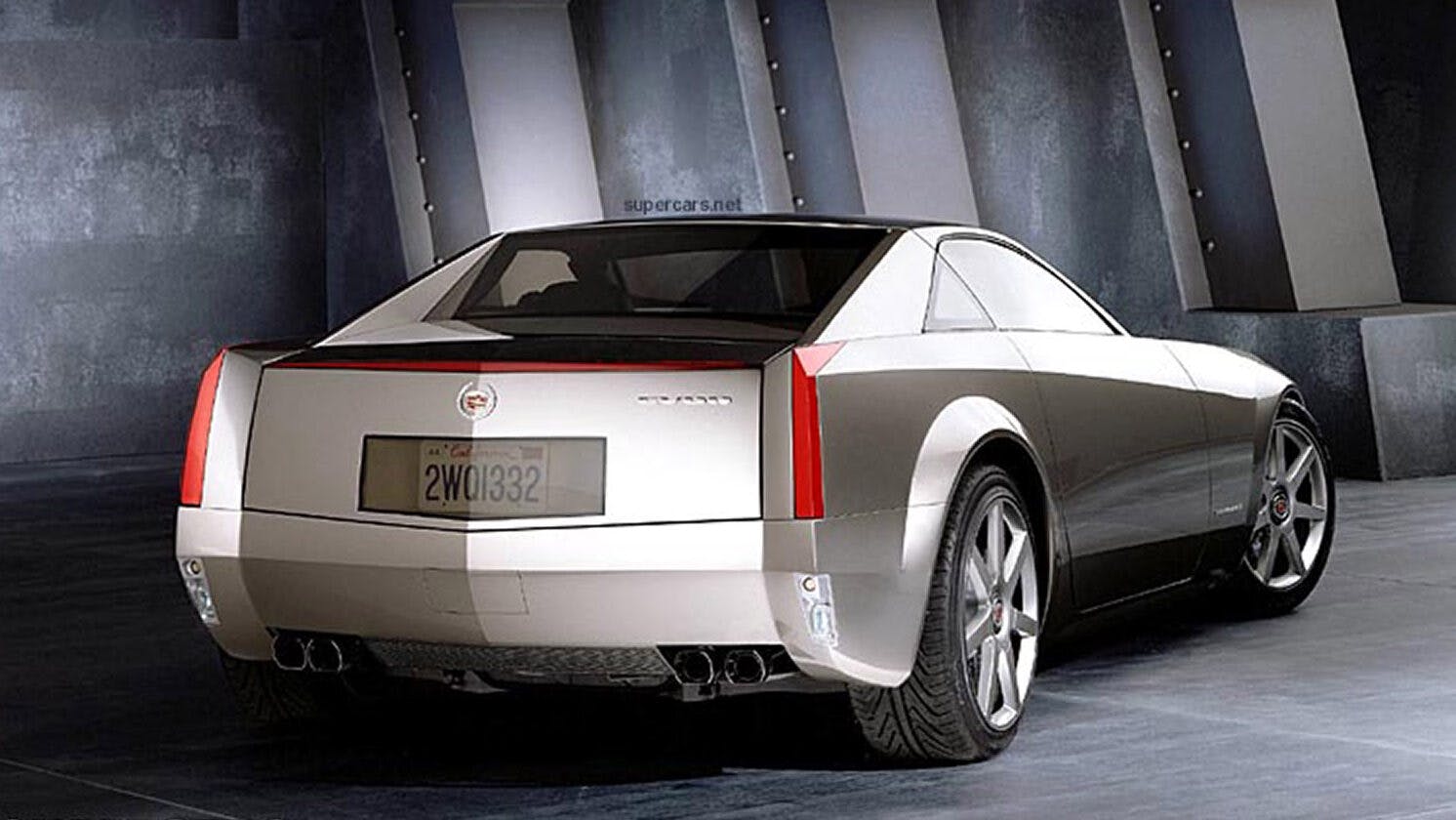
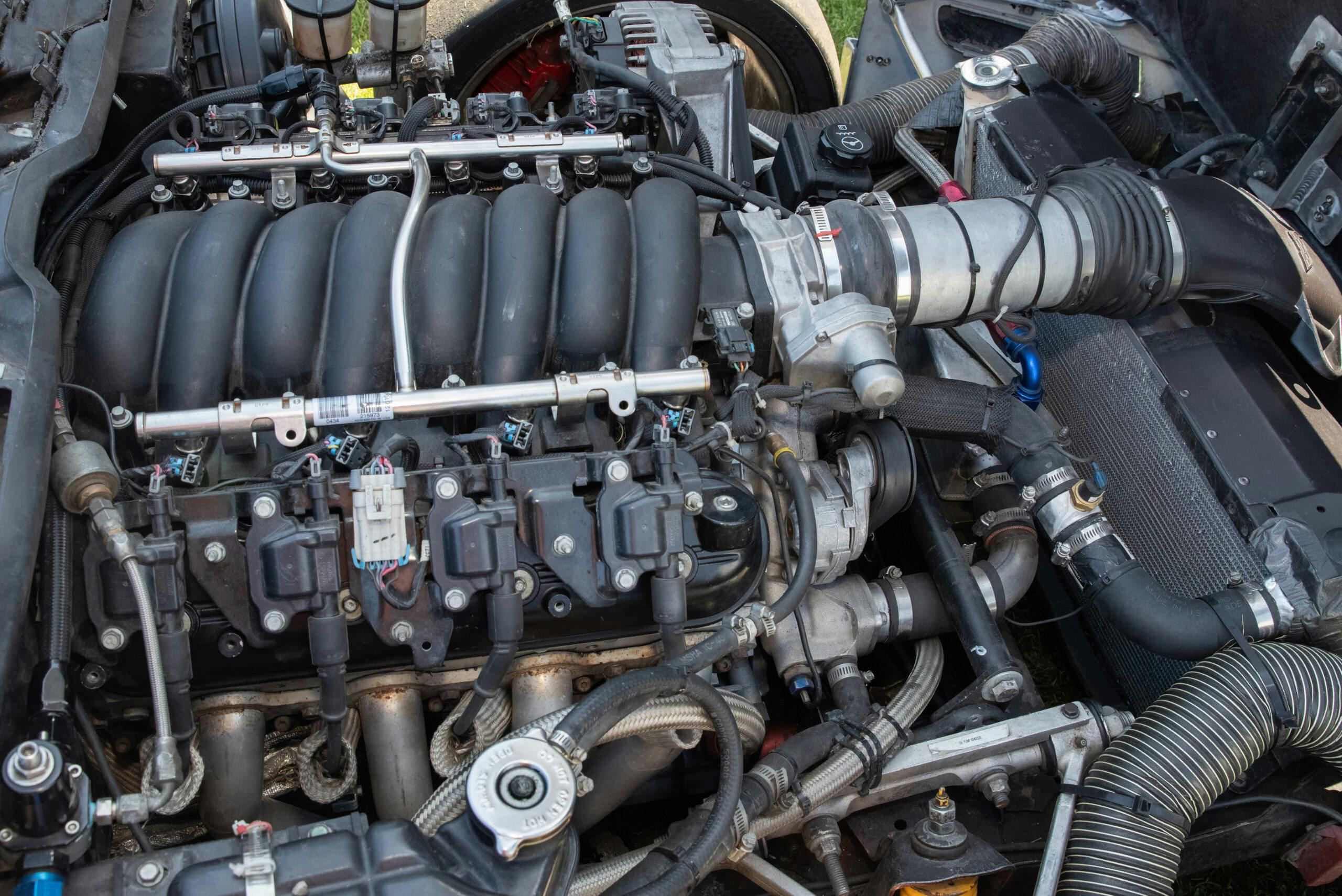

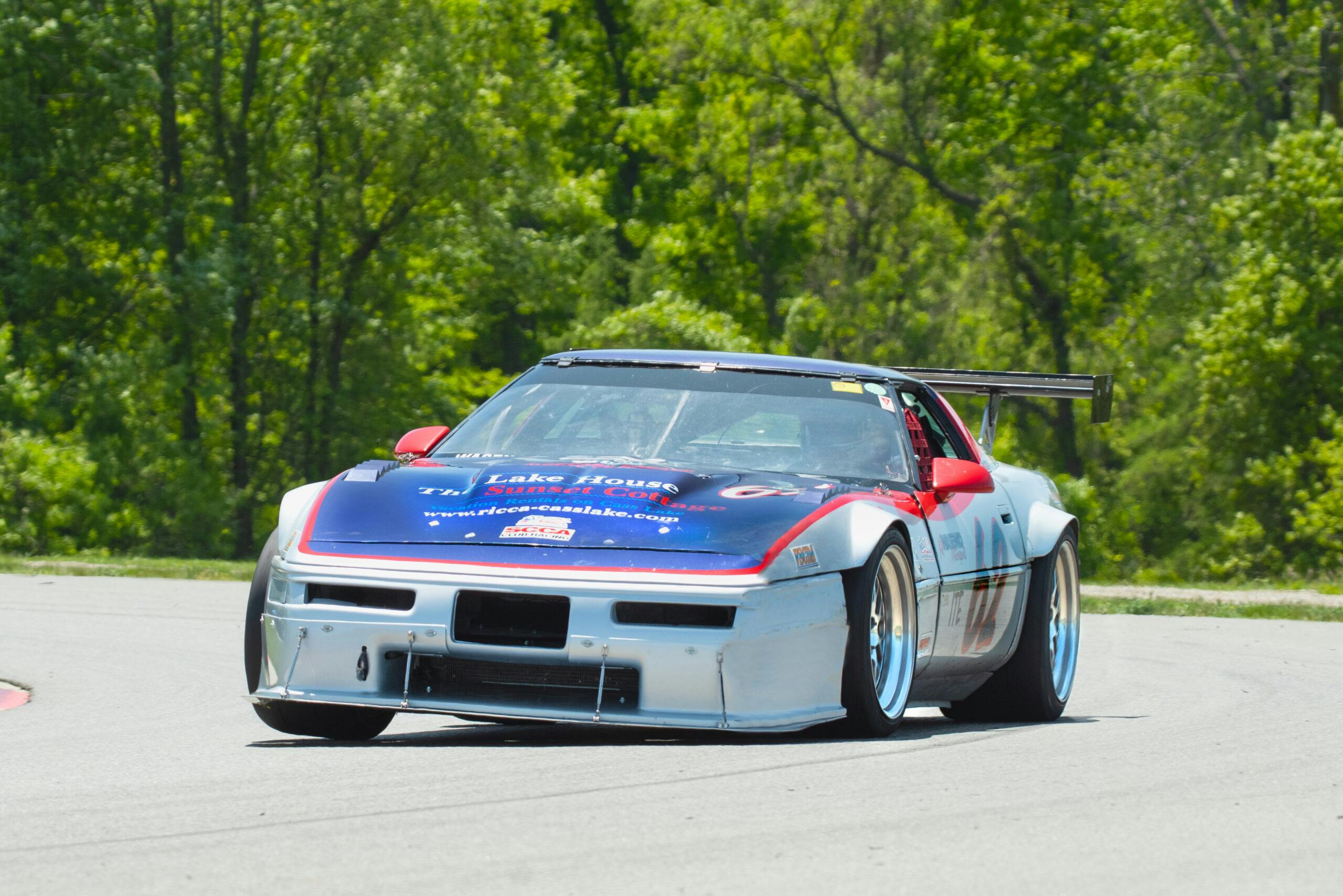
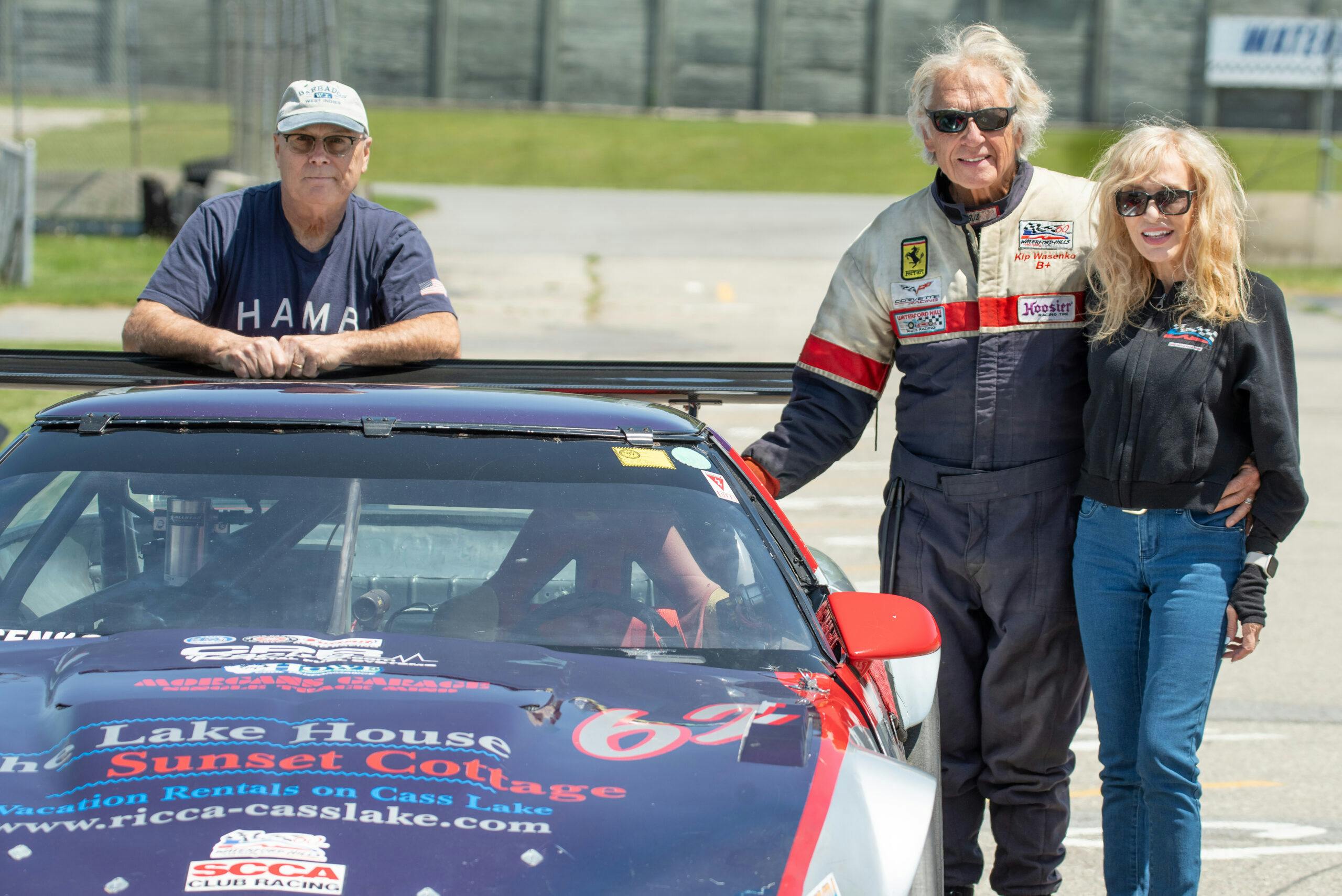


That Corvette looks good as a racecar and I love seeing it in action.
I love my original owner c4 too!
When I saw that first photo I thought, that’s got to be Waterford Hills. Great little track where I spent many weekends as a kid.
Great article and nice to see such an influential auto industry veteran recognized for his contributions. Sadly there aren’t many like him in the car business these days.
Well written article and it seemed to capture the essence of Kip both in professional career and racing experiences.
Kip loved watching you race at Waterford you and Danny would mix it up real good! Learned a lot of new things about you in the article, congratulations on a successful life!
Thank you Bob. Danny and I are still battling feverishly and I love him as as close friend and Have Huge respect as a racer
Great Article…especially to include actual comments by Wasenko. To say that Kip was a design force
at GM would be an understatement. His enthusiasm, design genius, and leadership skills were always
at the forefront while I was designing at GM Design Staff as well. That his energy was transferred to the
race track was no surprise. Well done !
Jack, The best years of my design career at GM when you and Geza, Dennis and Tom competed at GM Design and we always spent our social time together. The quality of design work that you guys would propose was mind blowing and the best in the industry. You are all true artists in addition to being great designers. it’s really fun to reminisce about our time together. Ricca and I are looking forward to our visit.